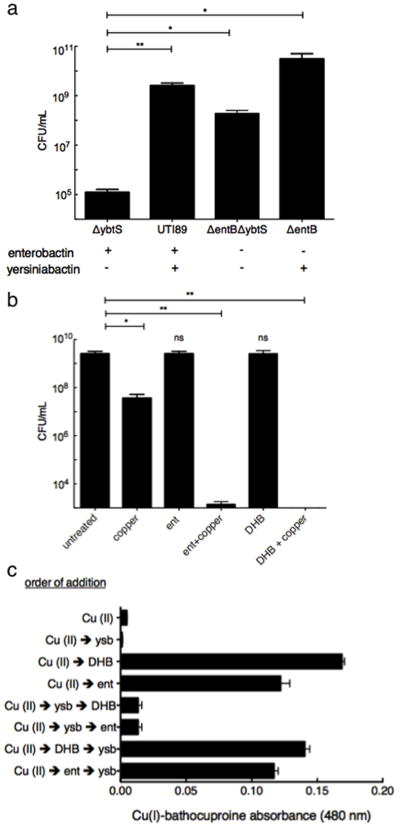Figure 4. Catecholate siderophores and yersiniabactin exert opposing effects on copper cytotoxicity.

(a) Growth of wild type (UTI89), yersiniabactin (ΔybtS), catecholate siderophore (ΔentB), or total siderophore (ΔentBΔybtS) expression mutants in the presence of copper was determined. Results were consistent with copper-dependent cytoprotective effect for yersiniabactin and cytotoxic effect for catecholate siderophores. (b) Exogenous addition of 20 μM of the siderophore enterobactin, or its catecholate moiety 2,3-dihydroxybenzoate (DHB) enhances copper (II) sulfate toxicity in UTI89. (c) Apo-yersiniabactin prevents catechol-dependent reduction of copper (II) sulfate to copper (I) in an order-of-addition dependent manner. The complete reaction system consisted of 17.5 μM copper(II) sulfate, either 20 μM enterobactin (ent) or its catecholate moiety 2,3-dihydroxybenzoic acid (DHB), 25 μM apo-yersiniabactin (Ybt), and 25 μM of the copper(I) indicator bathocuproine sulfonate. Reagents were added in the order indicated and Cu(I)-bathocuproine absorbance was determined 30 min after addition of the last reagent. Results were confirmed in three independent experiments.
